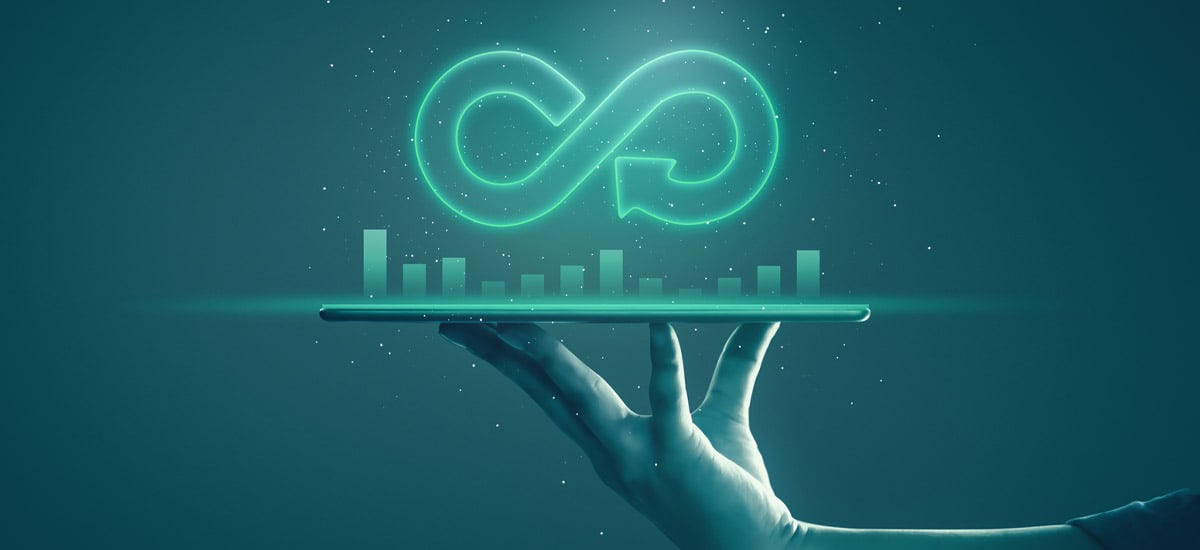Water, soil, air and biodiversity are natural resources. Companies make use of this natural capital. We face the challenge of better managing and valuing this natural capital. But how exactly do you do that? And how do you report on that?
Flattening the world economy in euros or dollars is outdated. A growing number of economists have been seeing this since the 1950s. But we are increasingly realizing that growth or prosperity in the capitalist sense of the word is too one-sided, and moreover comes at the expense of our natural capital. This gives us a distorted picture of our own well-being.
The confrontation with the value of natural capital
The fact that it is more emphatically on the agenda today is because we are increasingly confronted with this calculation error. In the Netherlands, still prosperous in the narrow sense of the word, we can see it in the heavy rainfall, long droughts, decreasing air quality and biodiversity and an exhausted subsoil. In the less fortunate countries, the damage is even more visible and tangible. The first step to improvement is to make it measurable. What are we talking about? What is the value of natural capital?
A New and Honest View of Prosperity: SEEA
A group of prominent scientists and economists, including from Wageningen University, has examined this question. This group has investigated how natural capital can be included in a welfare standard of individual countries. After all, the prosperity of a country is much more than a gross domestic product. The System of Environmental-Economic Accounting (SEEA)), a 360-page framework officially recognized by the United Nations last month, provides an integrated view of economic and environmental data. And with that a fair, balanced and new view of prosperity.
Skepticism, should we also want to maximize the return on nature?
Of course, there is also skepticism about measuring natural capital. For, we must put our nature on an equal footing with other capital flows, such as intellectual capital, or machines and factories. There is a risk that we also want to 'maximise return' of natural capital, and thus will be dragged into our current capitalist system. On the other hand, this way of measuring is simply the most common and accepted. We understand and can get started. And besides: isn't it a good development to strive to increase the value of our natural resources? To strive for profitable sustainability?

Countries working with broad prosperity
A growing number of countries are experimenting with a broader approach to prosperity. In the past year, 89 countries were already implementing this natural capital account to a greater or lesser extent, a sharp increase compared to the previous year. Also the Netherlands. With the Broad Welfare Monitor, CBS (Central Bureau of Statistics) keeps track of how prosperity is developing in the broadest sense of the word. It also seeks to link up with the Sustainable Development Goals. The Netherlands Environmental Assessment Agency conducted an investigation into this link.
Companies value natural capital
The same development can also be seen at company level. More and more companies are realizing that financial profit alone does not determine the success of a company. There is a shift towards wanting to realize impact. And companies also see this impact and above all on a social and ecological level. This development has greatly enriched the profession of accountant in recent decades. Specialist consultants and accountants also assist companies in making natural capital measurable. The landscape of instruments to get started with this is getting bigger and bigger.
Measuring, valuing and steering
Milgro's methodology starts with the focus on the output; get a grip on the waste process. That is more than just measurement data. The real benefit of measuring is the insight it gains. With optimal insight into natural capital, the process can be optimized and natural capital can be valued. Ultimately, companies can take the step towards closing chains and creating resource cycles.
Reporting on natural capital
In addition, companies want to be transparent about their performance on the various capital flows. Customers demand that transparency. Large companies, but also more and more medium-sized organizations therefore publish an annual report. This is no longer just a financial annual report, but a fully integrated annual report, including the social and ecological performance of the company. And this makes transparent what the added value or withdrawn value is from the natural capital.
The International Reporting Guidelines
The guidelines for integrated reporting are extensive and provide companies with opportunities to report on the broad prosperity of the company, and therefore on natural capital. The two most important international and widely accepted reporting guidelines are those of the Global Reporting Initiative (GRI) and of the International Integrated Reporting Council (IIRC).
- Integrated Reporting Framework
Integrated thinking is central to this international reporting framework. The framework defines six different capital flows that a company converts into products and services, and ultimately into the same types of capital flows. In the new version of the framework, this is represented graphically in the so-called 'value creation model'.
- Global Reporting Initiative
Reporting according to GRI is also a commonly used framework for reporting. GRI focuses on sustainability and is used worldwide. There are several categories and indicators that are closely related. The Environmental part (GRI300) focuses specifically on natural capital flows, such as water use and the impact of business activities on biodiversity.

Practical examples
And how does this ultimately translate into transparent reports on the use of natural capital and the ecological contribution? The transparency benchmark of the Ministry of Economic Affairs and Climate Policy makes a ranking of the most transparent annual reports every two years. Grid operator Alliander has scored high in this regard for years, as have Enexis, Unilever, Stern and Gasunie.
The step towards a circular approach
Reporting on and valuing natural capital enables companies to perform better. Milgro's technology has been supporting this for almost 30 years and measures the waste and raw material flows in order to achieve better management of natural capital and, where possible, a circular approach.
Learn more about natural capital










